This ECG was interpreted as completely NORMAL by the computer: What about it is THE critical finding??
Dr. Smith's ECG Blog
FEBRUARY 4, 2022
A 40 something otherwise healthy man presented with substernal chest pain. It had occurred once 3 days prior and resolved without any medical visit. He had a triage ECG at time zero: Here is the computer interpretation (Normal) This was the Veritas algorithm. What do you think? This ECG is DIAGNOSTIC of acute LAD Occlusion. The T-waves are hyperacute, but most important, the minimal ST Elevation is accompanied by Terminal QRS Distortion , or at least nearly so.
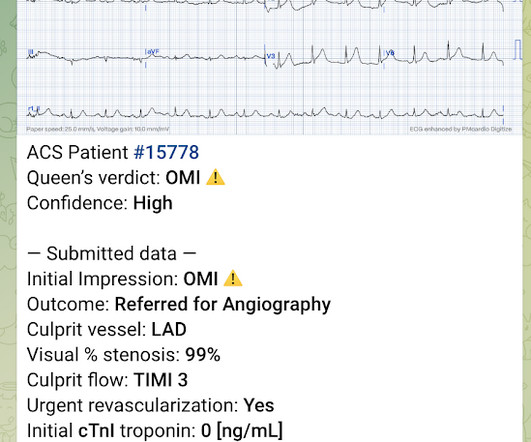
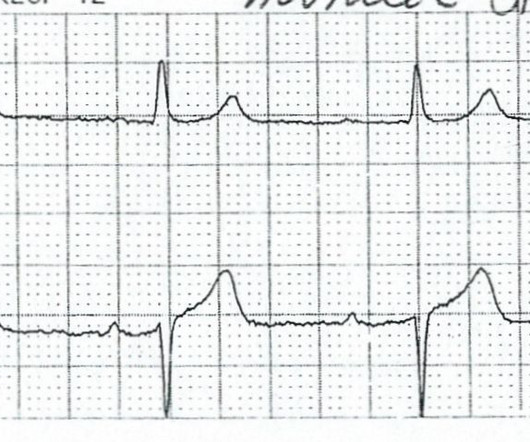
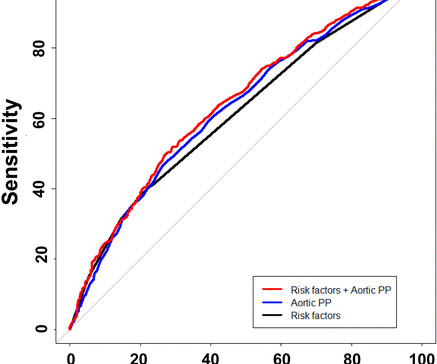

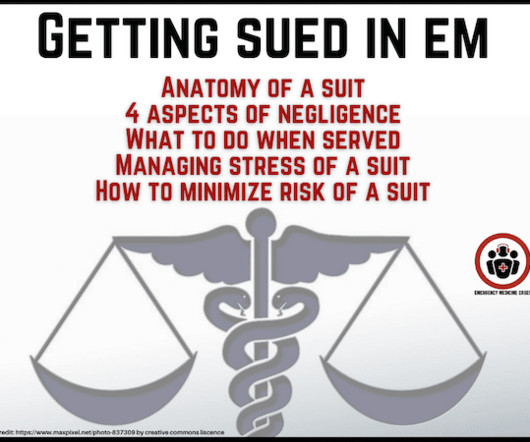
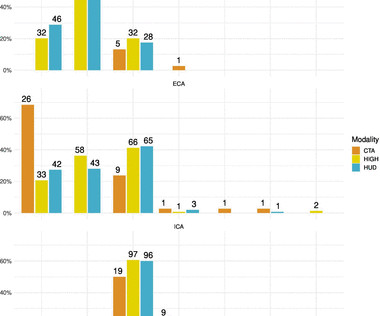
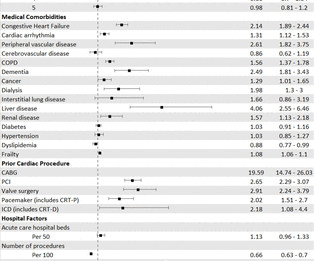
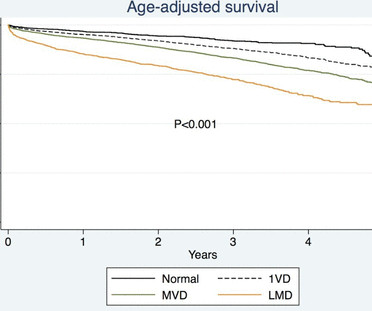






Let's personalize your content